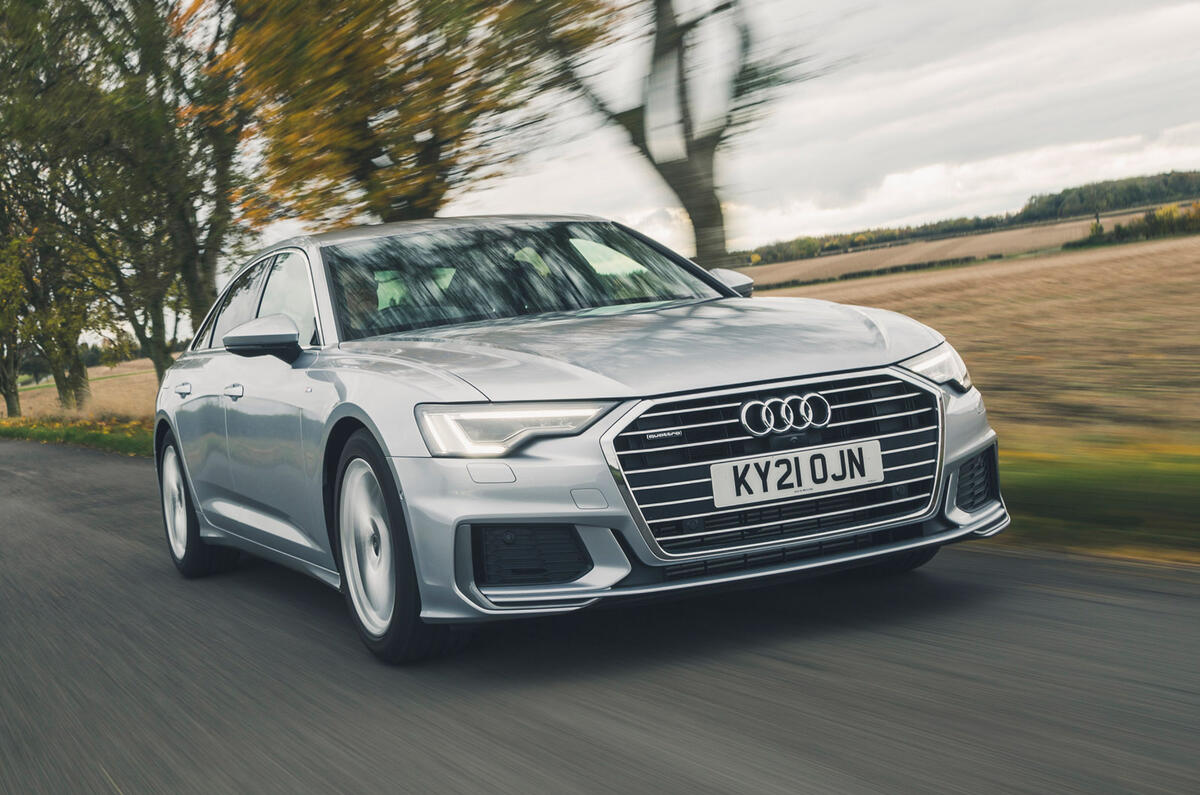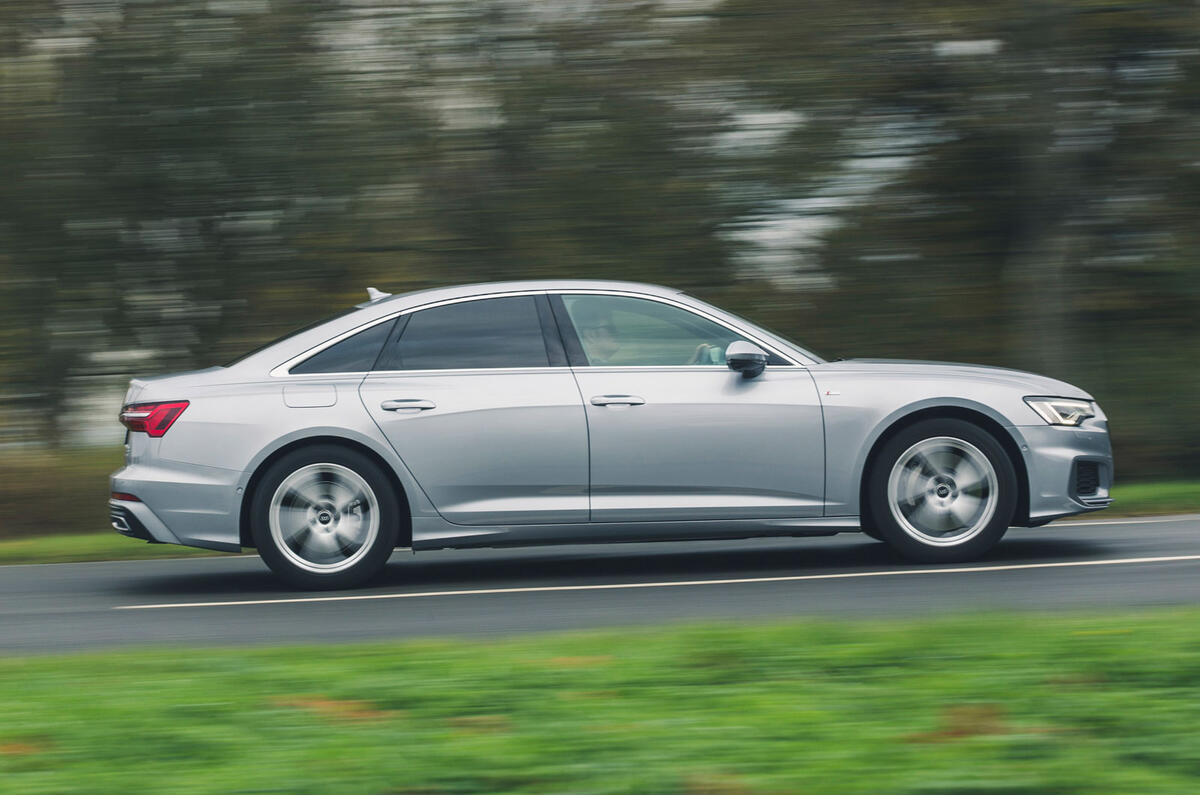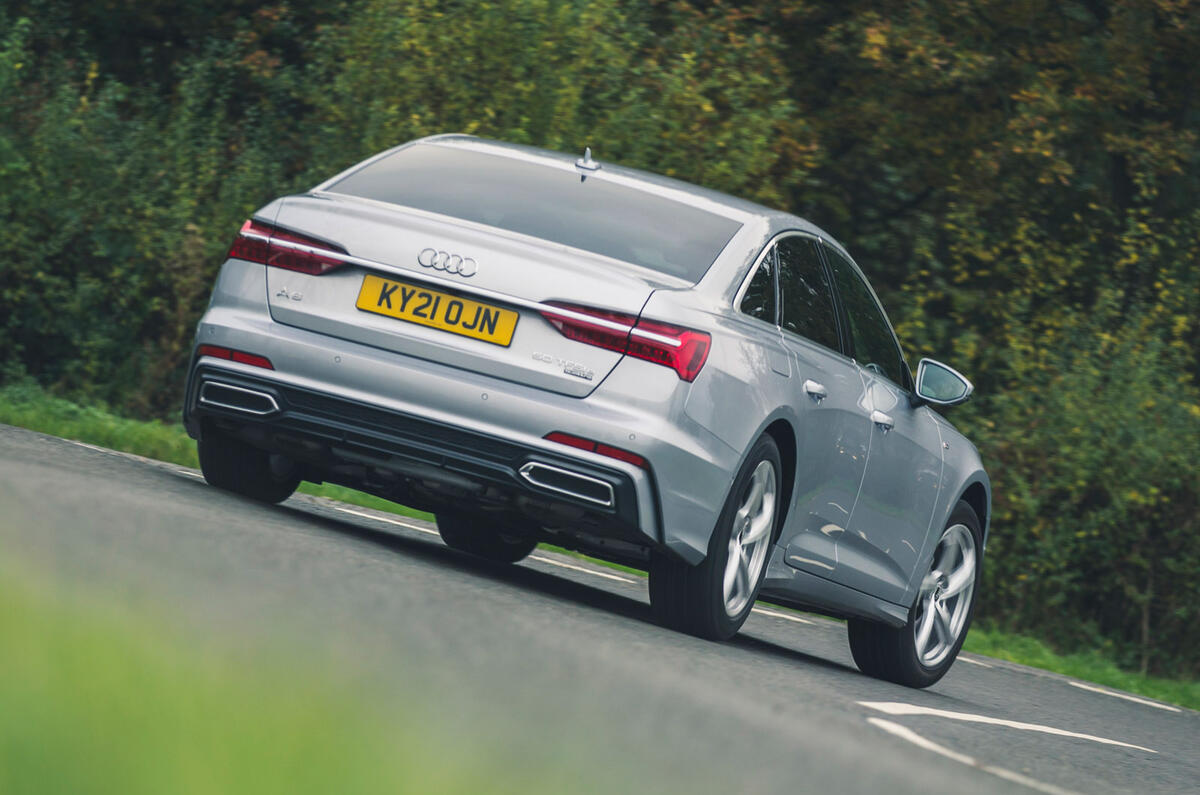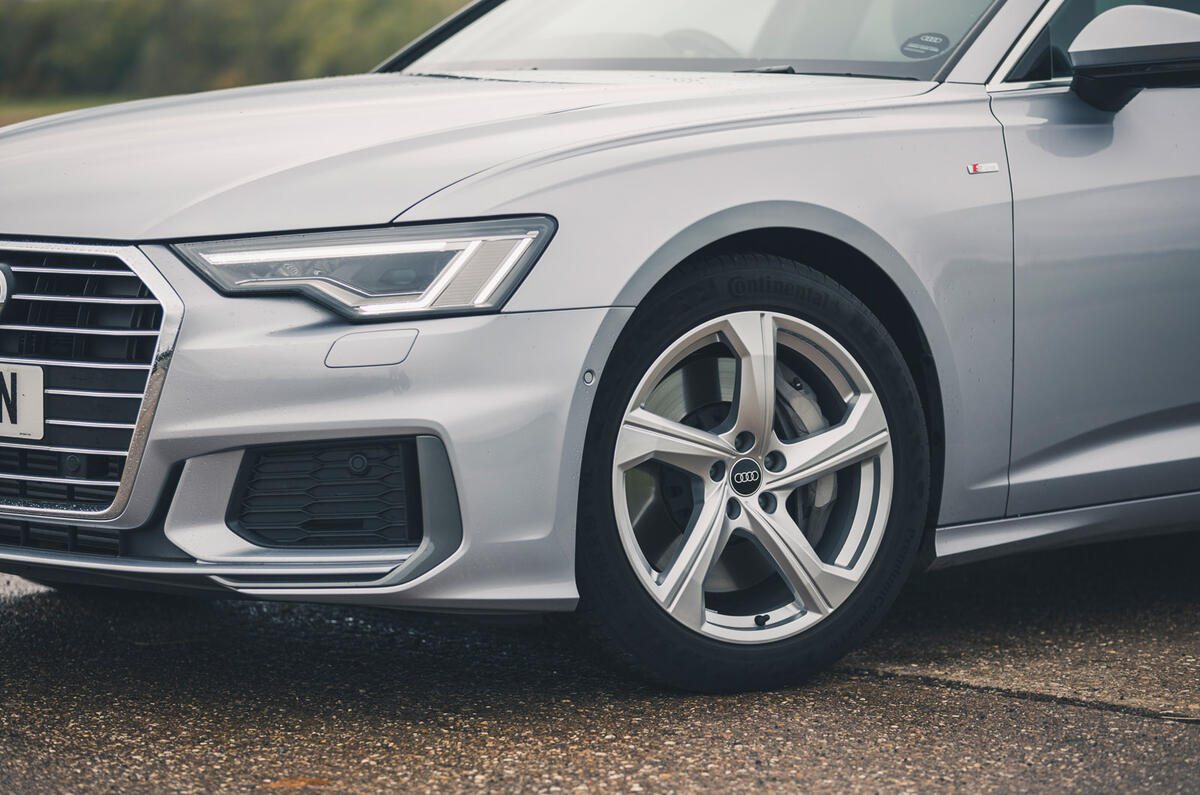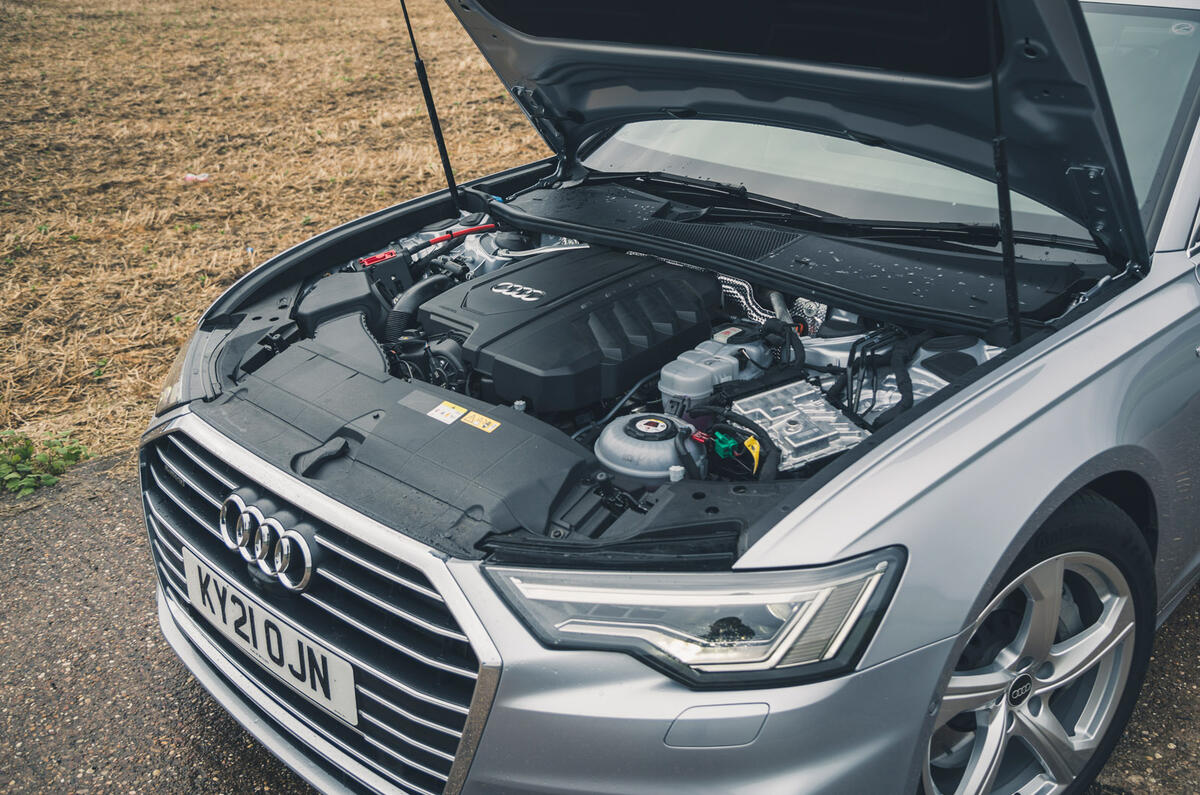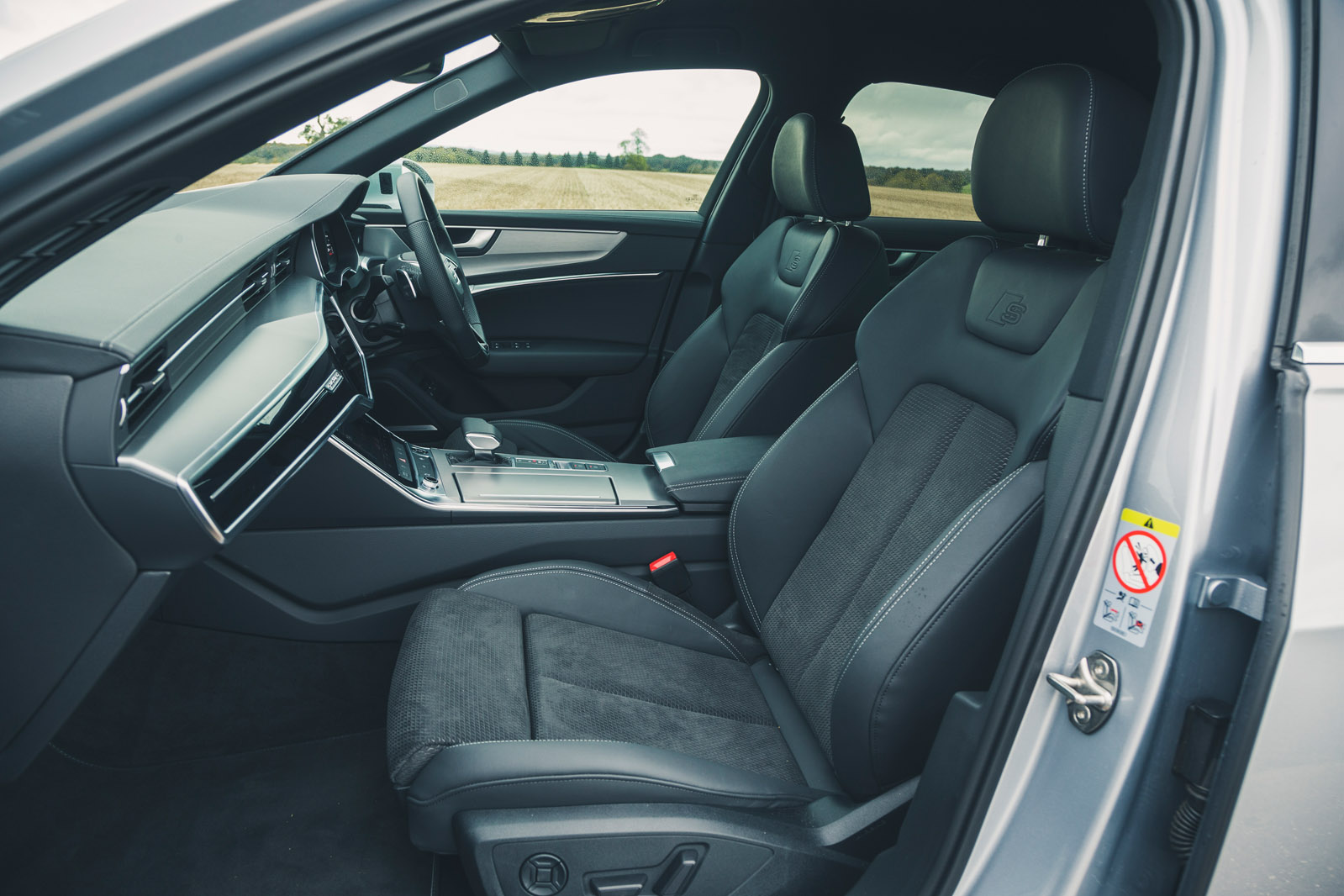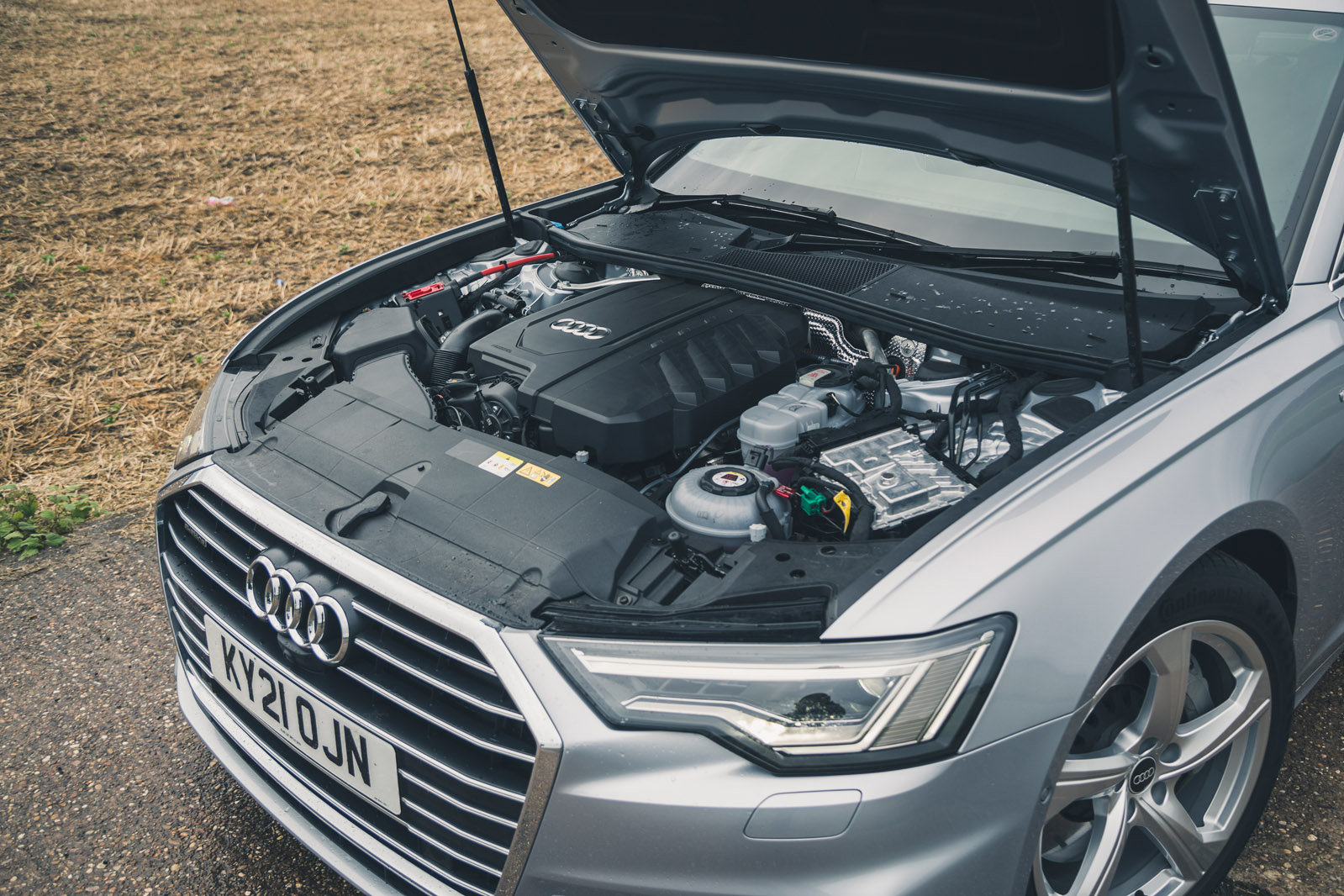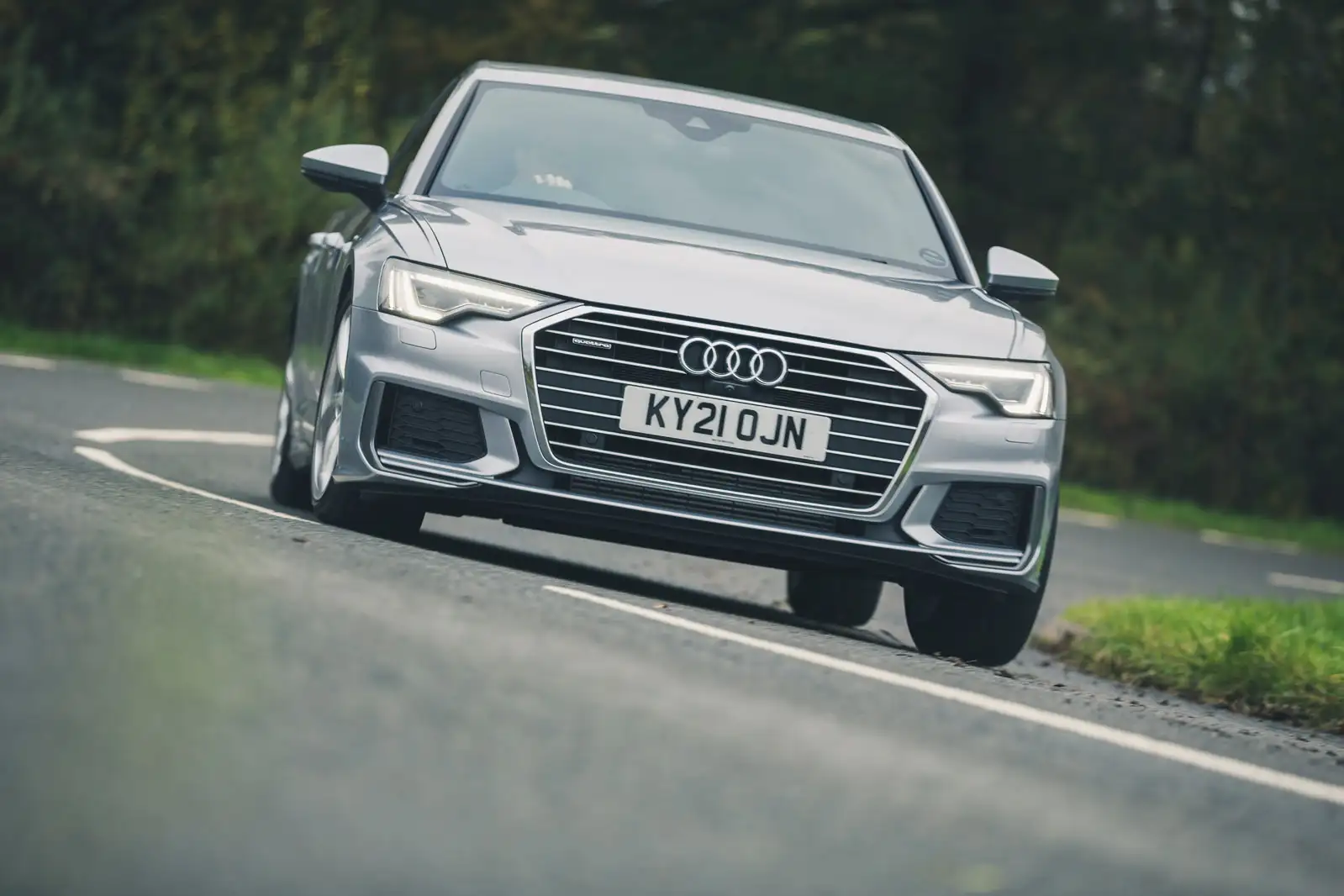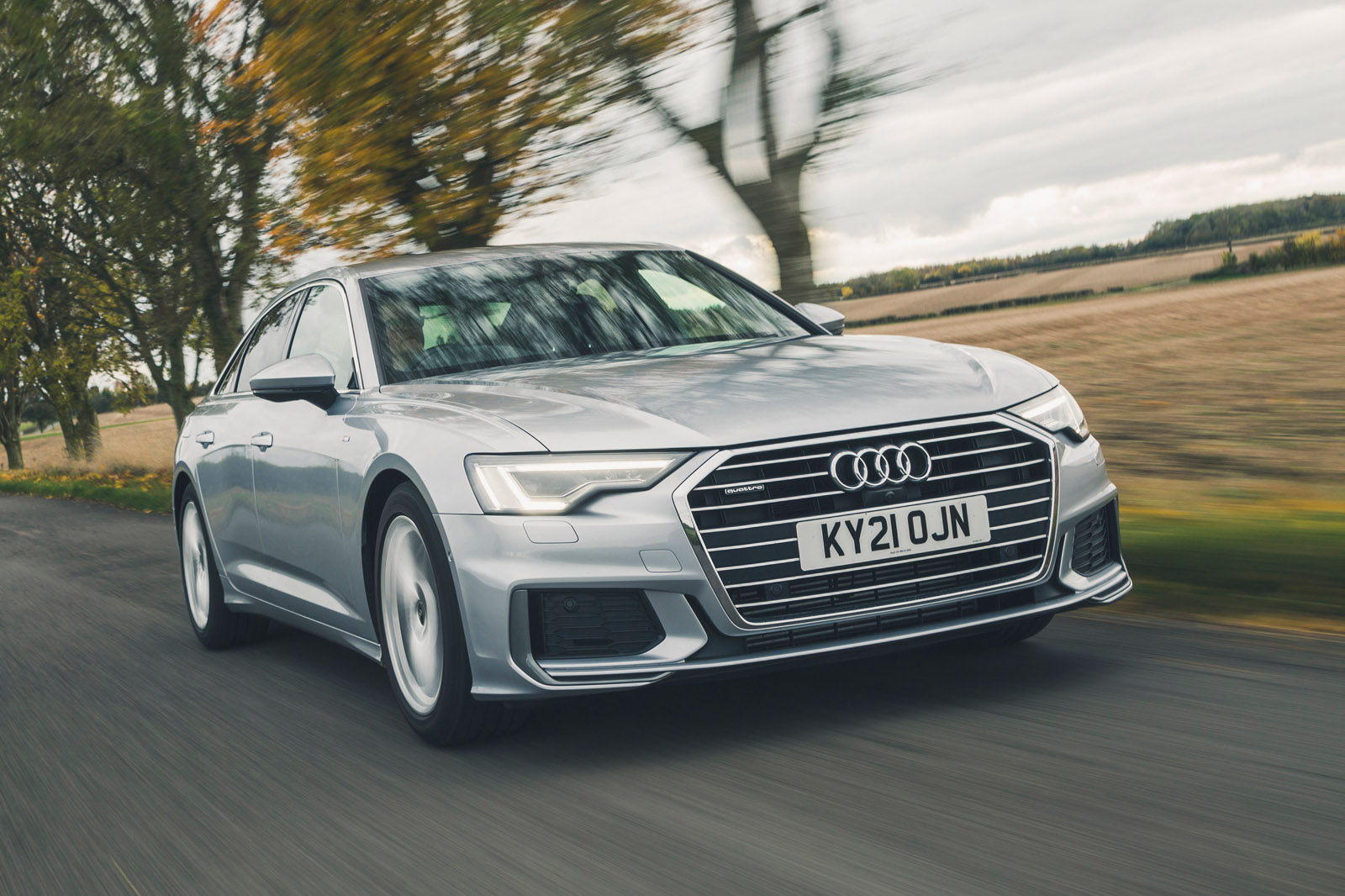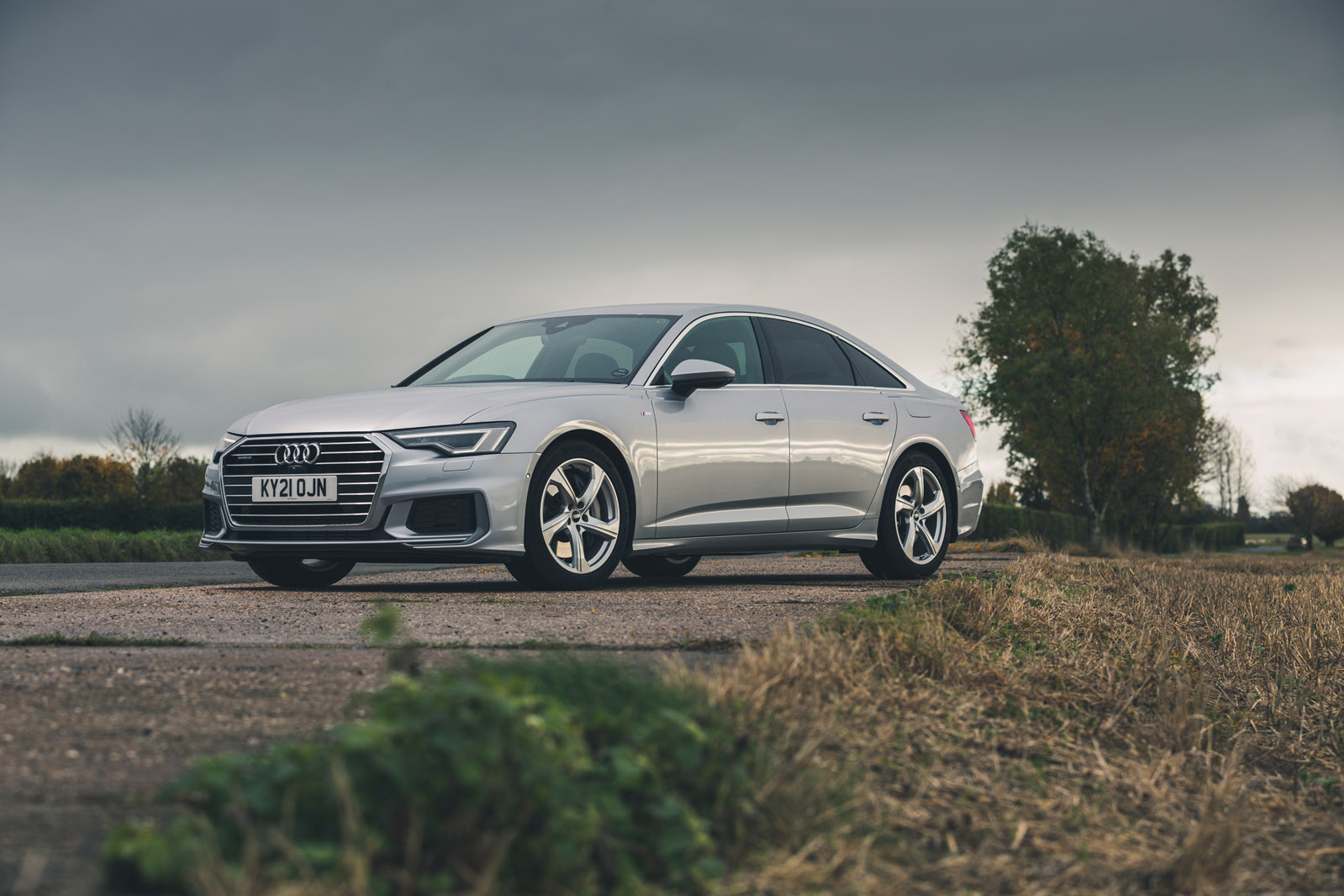You’d expect a technologically innovative brand like Audi to have played a part in the earliest days of the plug-in electrification of the automobile, but looking at how the market for PHEV executive cars from rivals to the Audi A6 has developed over the past decade might give you other ideas.
The modern commercialisation of the breed has been taken on by other companies, so we now associate brands like Volvo, BMW and Volkswagen with PHEV powertrains much more readily.
Should we? Perhaps not. While its rivals may have lately committed with greater intent, Audi certainly dipped its toe with petrol- and diesel-electric powertrains several times over the past decade. It now has the wide range of PHEV offerings you’d expect, but it can also reference a few trailblazing examples you might not have heard of.
Its first petrol-electric model came as early as 1989 in the shape of a 100 Avant Quattro called the Duo. With a five-cylinder petrol engine in the front and a 12bhp electric motor at the rear, this was Audi’s first PHEV – although it was never put into proper series production. The A4 Avant Duo of 1997 did make full series production, but it was overlooked by Europe’s car-buying public.
Among Audi’s more recent ventures with PHEV technology was the Wankel-engined A1 E-tron concept of 2010; and then the Audi A3 Sportback E-tron of 2014 and the Audi Q7 E-tron of 2016, both of which did make the showroom, the Q7 E-tron in petrol- and diesel-electric forms.


